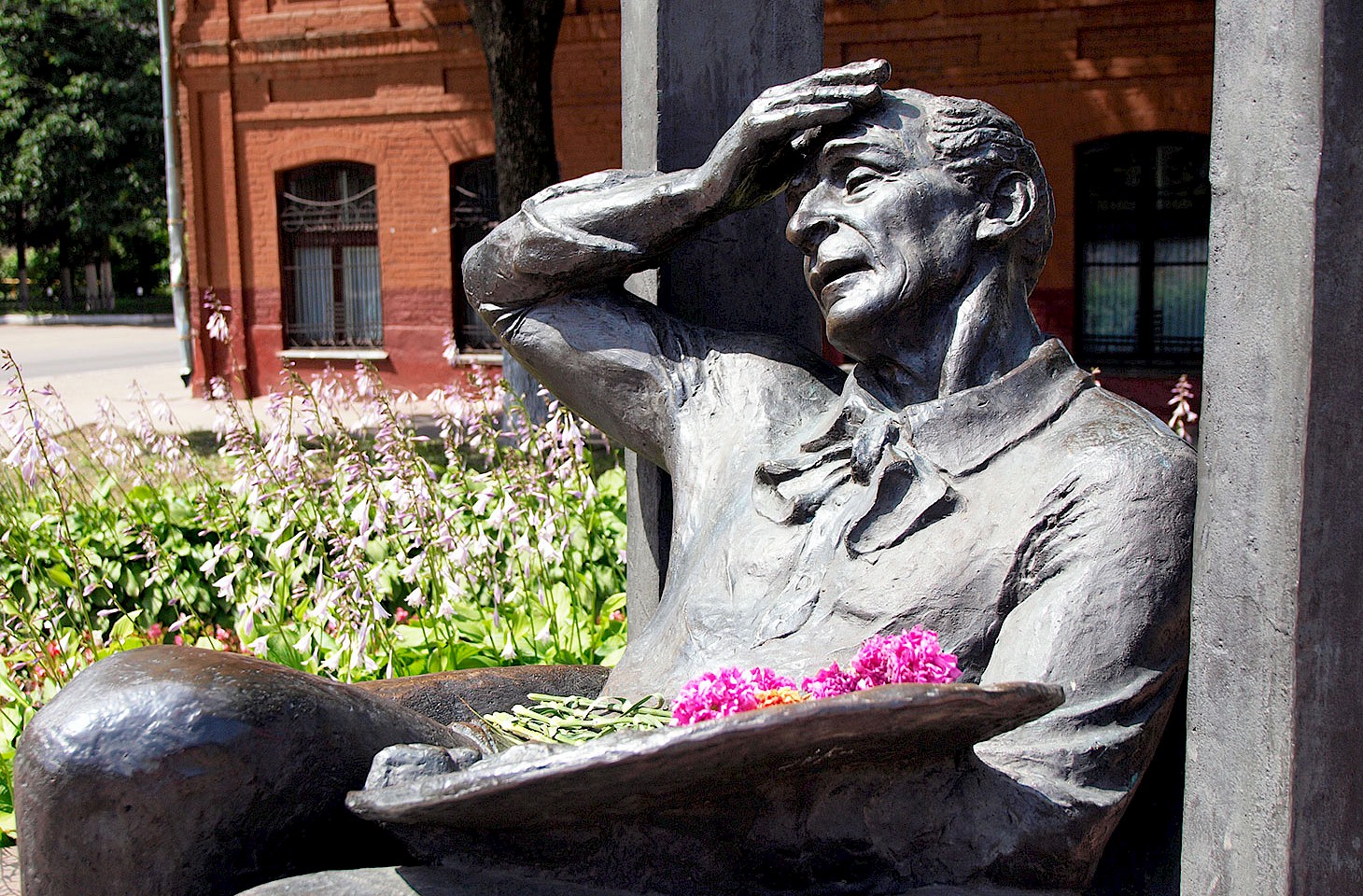Paris is a city too often straitjacketed by its galleries, museums, restaurants, and cabarets. Balzac of course knew better than to judge the city by those showcase attractions. For him, Paris was more than merely la ville lumière. Instead it was an ocean criss-crossed by myriad currents. And still that’s true today. One of the least known of those currents charts a course around the city’s places of worship, along the way capturing the spirit of Parisian devotions.
Churches, mosques, synagogues, and temples together provide a history of Paris every bit as illuminating as that proffered by the secular sights. Visiting them reveals not only distinctive architecture but also memorable rites and liturgies.
Symphonies in stone
The geographic heart of Paris is the Île de la Cité, an island in the Seine where the Romans kickstarted urban development in 52 bc. Of their many temples, little remains but over the ruins of one now stands the best known church in Christendom. Notre-Dame de Paris was described by Victor Hugo as “a vast symphony in stone,” a mountainous structure that took centuries to create.
Drawn as much by legend as by liturgy, I make my pilgrimage to Notre-Dame one Friday afternoon to witness something extraordinary. Out of the shadows emerge the Knights of the Holy Sepulchre, their white cloaks adorned with bloodred crosses. They are carrying a jewelled reliquary containing nothing less than Christ’s True Crown of Thorns. Bemused tourists scatter briefly whilst genuine emotion touches the faces of the Parisians who have come to witness this little fragment of ecclesiastical theatre.
Notre-Dame, however, is only the first movement in the symphony. Arranged around it are other ancient Roman Catholic churches, as would be expected of a city where Catholicism was long the state religion.


